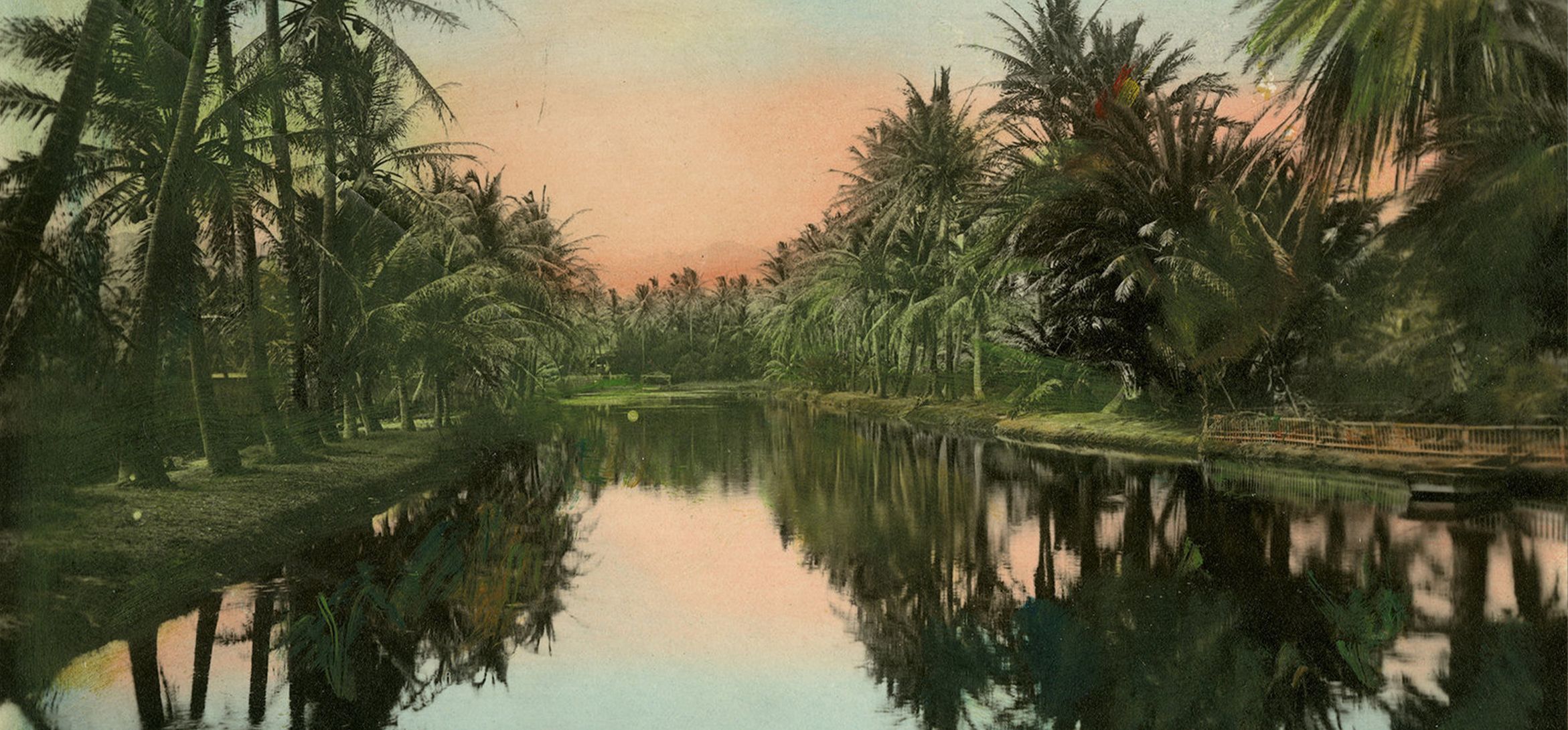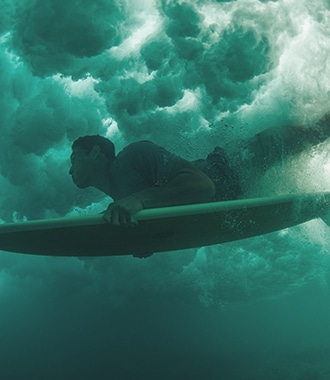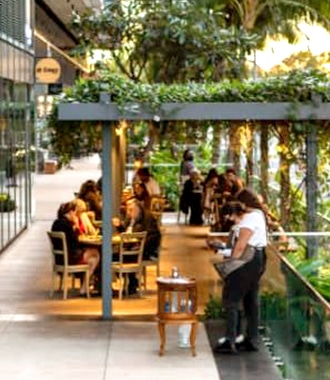Victoria Ward: The Naturalist

In the late 19th and early 20th century Honolulu, you would have likely seen Victoria Ward and her daughters meandering through their lush estate. In 1870, Victoria and her husband, C.P. Ward, bought a 100-acre parcel of land on the outskirts of Honolulu. It stretched from Thomas Square, on the mountain side of present-day King Street, all the way to the coast, encompassing much of what we presently know as Kaka‘ako. Here, amid the sprawling fields of coconut palms, fish ponds, and vegetable gardens, they built a massive antebellum-inspired home call Old Plantation, which was situated at the present location of the Neil S. Blaisdell Concert Hall.
C.P. found his fortune in the livery and draying business, and their sprawling estate was an extension of their love for nature and the outdoors. Over the years, the Wards transformed the property into a verdant plantation and self-sufficient farm. Along the coast, they harvested ‘ama‘ama, striped mullet, and āholehole from the fishpond. They planted expansive vegetable and flower gardens, complete with an orchard of 7,000 coconut palms, and set aside dedicated pastureland for raising horses and cattle. Next to the house, an artesian well fed by a fresh water spring offered cool and clear drinking water. Even Queen Emma is said to have frequented Old Plantation to visit and drink from their storied well.
Not long after establishing this diverse plantation, C.P. Ward died suddenly at the age of 53, leaving Victoria and her seven daughters to take on the commercial operations of the plantation. She was just 35. According to accounts sourced from her business ledger, with the help of her daughters, she not only continued to operate the farm as a successful commercial business, but also expanded the plantation to include taro, eggs, pigs, chickens, ducks, firewood, bananas, and salt in addition to the fish and coconuts already being harvested to help feed the residents of a rapidly growing city.
In the early 1900s, the plants surrounding Old Plantation had reached maturity, and hala, banana, coconut palms, and many other varieties of fruit trees and flowering tropical plants nearly hid the home from public view. From all accounts, the grounds at Old Plantation appeared to be a tropical oasis nestled in the heart of the city. Veiled in a forest of green that undulated with the persistent trade winds, Old Plantation soon became known to the Wards as Ku‘u Home, Our Beloved Home. It was a place of quiet refuge and rejuvenation for the Ward family and their extended ‘ohana.
Today, architects and designers are once again turning to plants and other natural elements to bring back the calm, serenity, and a direct connection to nature that was once found at places like Old Plantation. Through what’s known as biophilic design, a concept that increases our connection to the natural environment by incorporating nature into the fundamental design of our homes and buildings, we can bring the outside in. Soon, Ward Village will welcome a new residential tower to the neighborhood. Aptly named Victoria Place, this sleek and modern tower is inspired by Hawai‘i’s lush landscapes. Victoria Place will serve as an urban sanctuary showcasing a new interconnectedness with nature to encourage a heightened level of physical and mental health.






